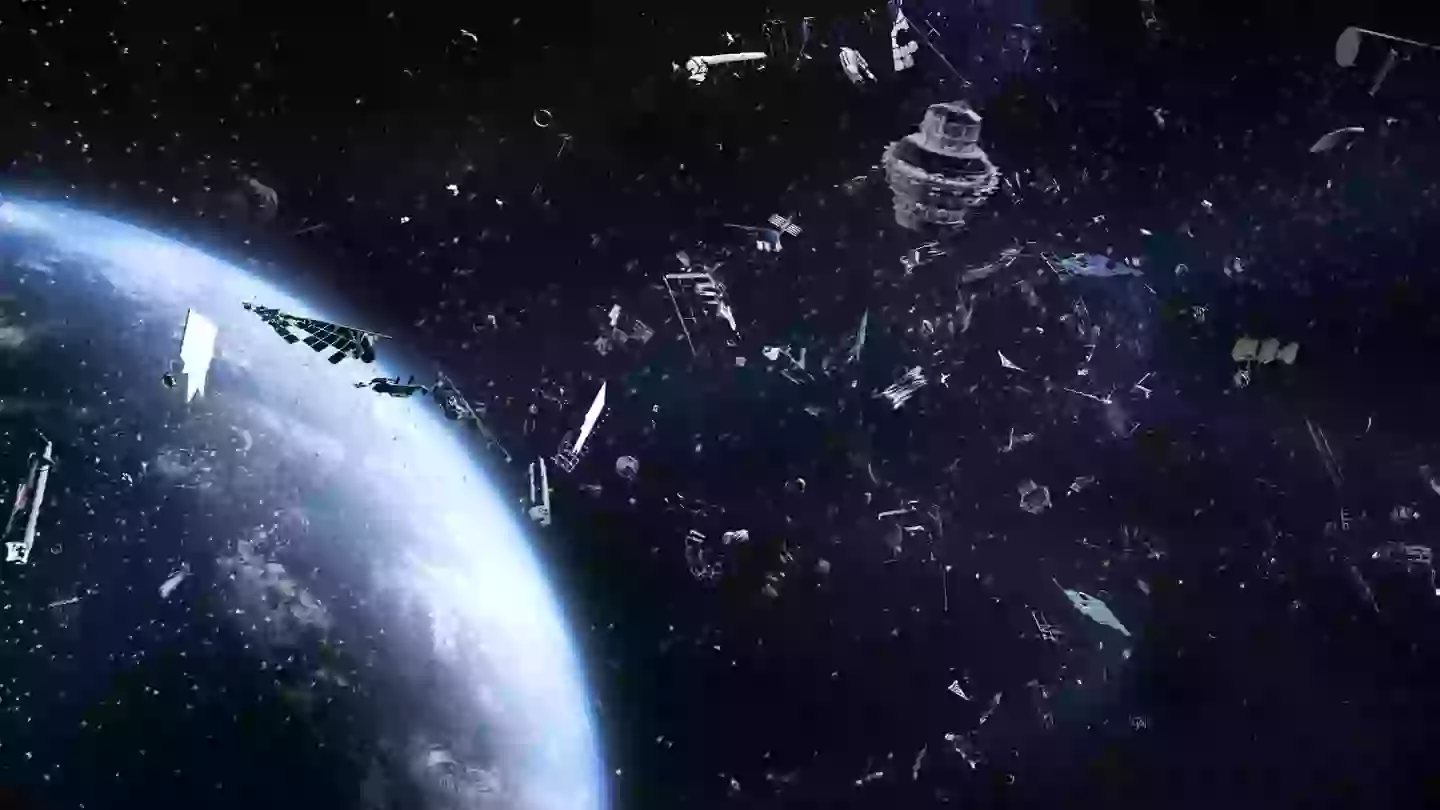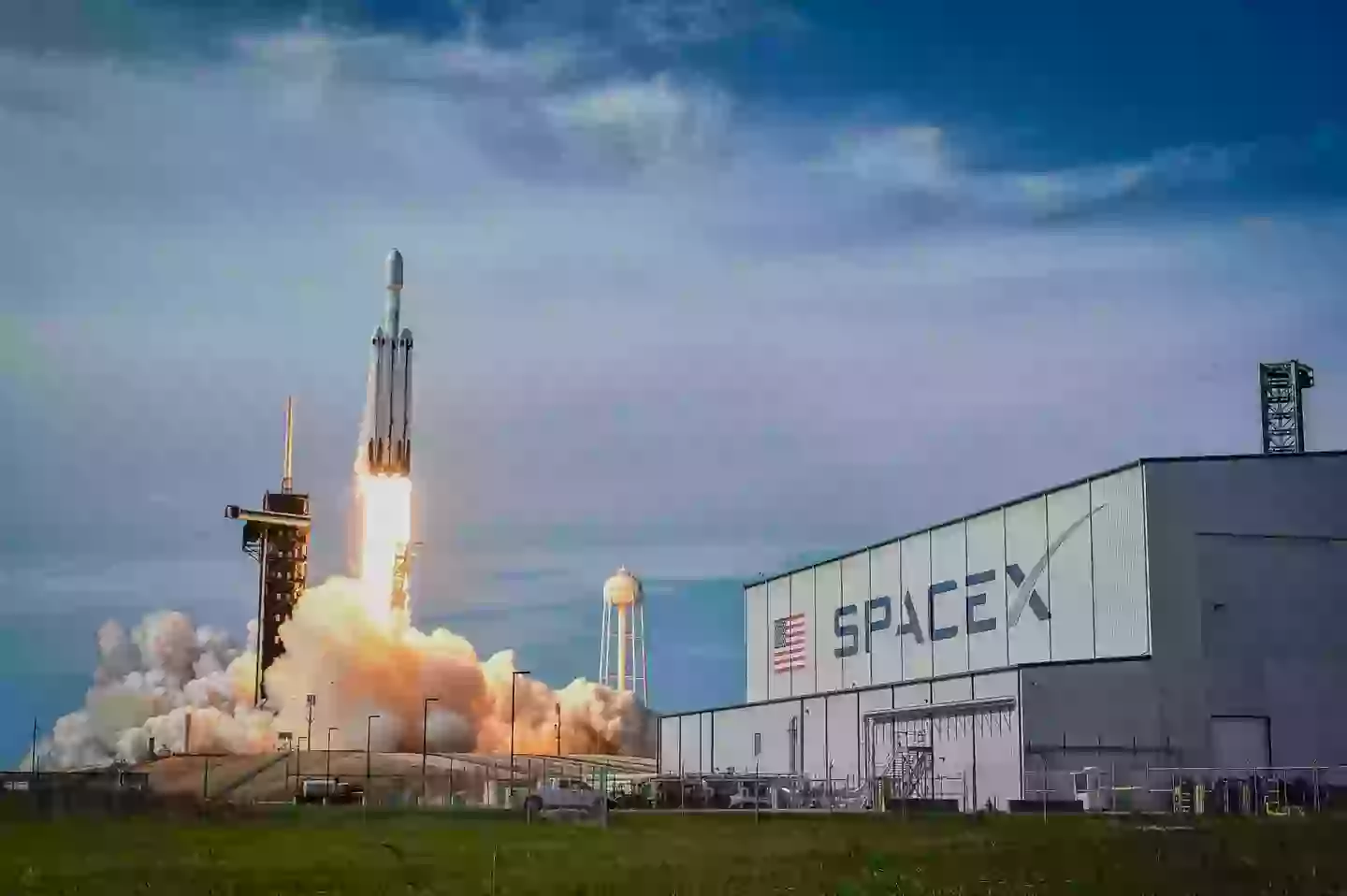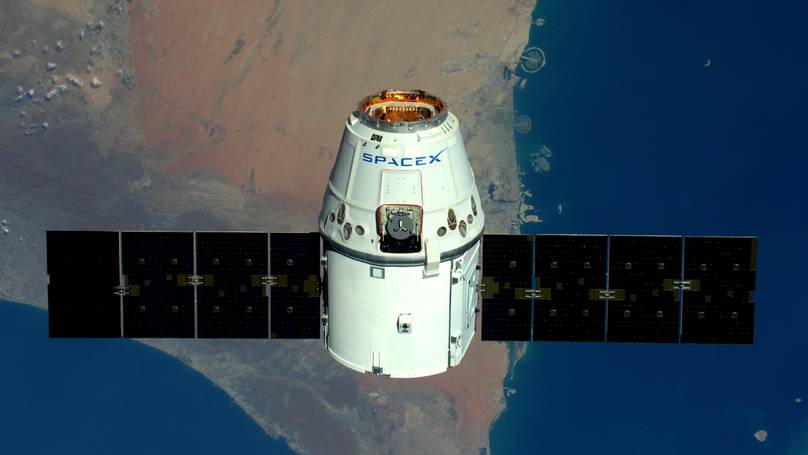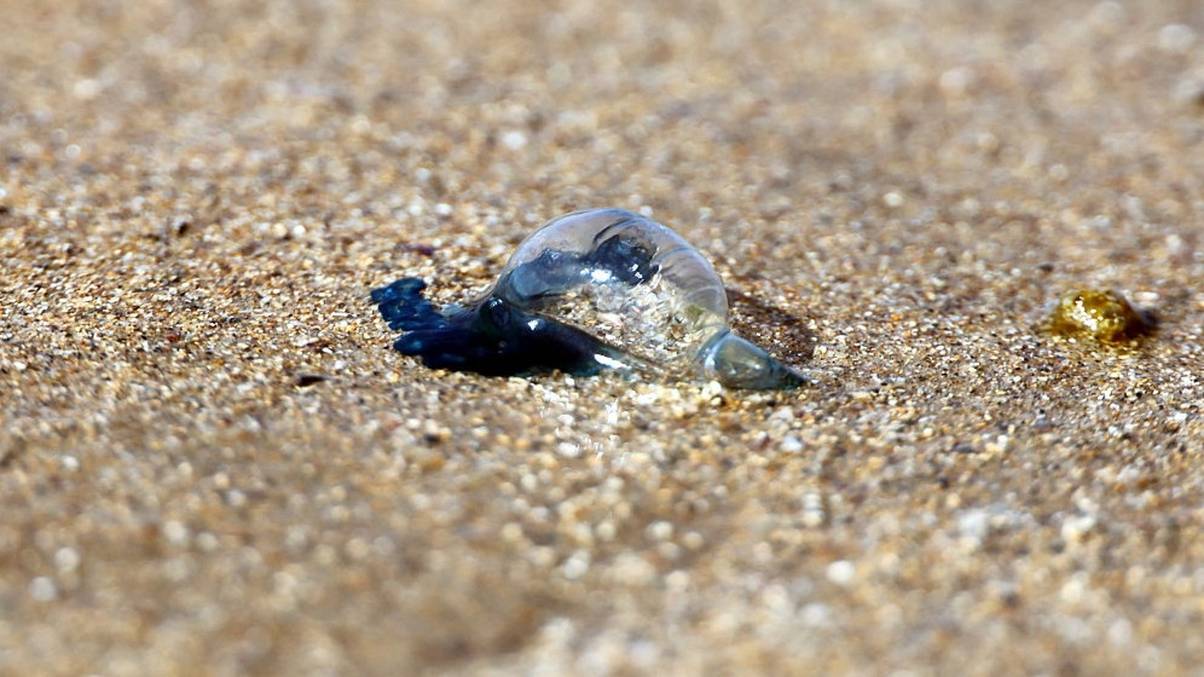“Unveiling the Dark Side: How SpaceX’s Ambitions Could Trigger a ‘Catastrophic’ Space Crisis”
Hold onto your space helmets, folks! It seems that even the stars above aren’t immune from a little chaos, thanks to our very own Elon Musk and his ambitious SpaceX program. Recently, researchers sounded the alarm, warning about the ‘catastrophic’ potential of space debris careening back to Earth—yeah, talk about a cosmic mess! Based in Texas, SpaceX has established itself as the heavyweight of space exploration, scooping up lucrative NASA contracts worth billions since its inception. But while they’re dreamin’ big about Mars colonies, it’s their satellite endeavors, particularly the Starlink constellation, that are stirring up some serious concerns about space junk. So, just how do satellite megaconstellations like Starlink put our planet at risk? Well, it turns out, it’s a much bigger issue than a few flying space rocks! If you want the scoop on this burgeoning debacle, LEARN MORE.
Elon Musk’s SpaceX has been named in a new warning about the ‘catastrophic’ impact space debris could have on humanity back on Earth.
Based out of Texas, SpaceX is at the forefront of space exploration having secured NASA contracts worth billions of dollars since its inception 22 years ago.
Given the financial backing from its founder Musk, it has quickly rose to be the world’s largest space launch provider, eclipsing NASA itself, as well as the Chinese space program and even private sector competitor, Jeff Bezos’ Blue Origin.
Despite having grand ambitions of putting humanity on Mars and establishing a colony civilisation on the Red Planet, a lot of the work SpaceX does revolves around satellite work through its Starlink constellation.
And it is these so-called ‘satellite megaconstellations’ that are posing a real threat to life back on Earth, so says new research published in the Scientific Reports journal.
‘Satellite megaconstellations’ warning
The article, dubbed Airspace closures due to reentering space objects, warns that humanity faces potential ‘catastrophic consequences’ due to the growing risk of ‘uncontrolled re-entries of objects from space’.
And the risk to humanity of space junk crash landing back to Earth is increasing due to both an increased space presence and increase in flights taking place around the world.
As a result, the study warns that governments or airspace authorities may have to ‘preemptively close airspace’ during periods of time where junk is crash landing back to Earth – something that has actually already happened.

Could it crash back to Earth? (Getty Stock Images)
How is SpaceX part of this?
The paper, written by Ewan Wright, Aaron Boley, and Michael Byers, explains that SpaceX and its Starlink programme are part of a wider concern relating to the ‘uncontrolled reentries of satellites’ in to Earth’s atmosphere and the planet’s surface.
They write: “The number of launches each year and the number of rocket bodies abandoned in orbit are growing, as is the number of flights. The increase in launches is also connected to the deployment of satellite megaconstellations of thousands of satellites, such as SpaceX’s Starlink, which will in turn lead to many uncontrolled reentries of satellites.
“As they are unlikely to be able to conduct controlled re-entries, if these or other satellites do not burn up entirely, then they too will add a significant factor to the actual collision risk.”

SpaceX is the leading space launch service in the world (MIGUEL J. RODRIGUEZ CARRILLO/AFP via Getty Images)
What is the real risk?
According to the paper, there is a 0.8 percent chance every year of high-density areas of airspace – such as around major airports – of being struck by the uncontrolled re-entry of space debris.
This then goes up to a more worrying 26 percent for ‘larger but still busy areas of airspace’. This is areas such as the north east of the USA, northern Europe, or around major cities in the Asia-Pacific region.
Have we had any worrying incidents on this?
Yes. Back on 4 November, 2022, a piece of rocket weighing a whopping 20 tonnes re-entered Earth’s atmosphere.
Happening over the Pacific Ocean, the rocket had been abandoned in orbit and eventually came back down to Earth in an uncontrolled orbit. In the evening before it came back to Earth, the debris had been predicted to re-enter over southern Europe.
“This led the European Union Space Surveillance and Tracking organisation to raise concerns with the European Aviation Safety Agency, which in response issued a Safety Information Bulletin (SIB) recommending that national authorities ‘consider implementing and notifying airspace restrictions on a path of minimum 70 km and up to 120 km on each side of the estimated re-entry trajectory’,” the paper notes.
“The following morning, Spanish and French authorities elected to do just that, and closed part of their airspace.”
LADbible approached SpaceX for comment.




















